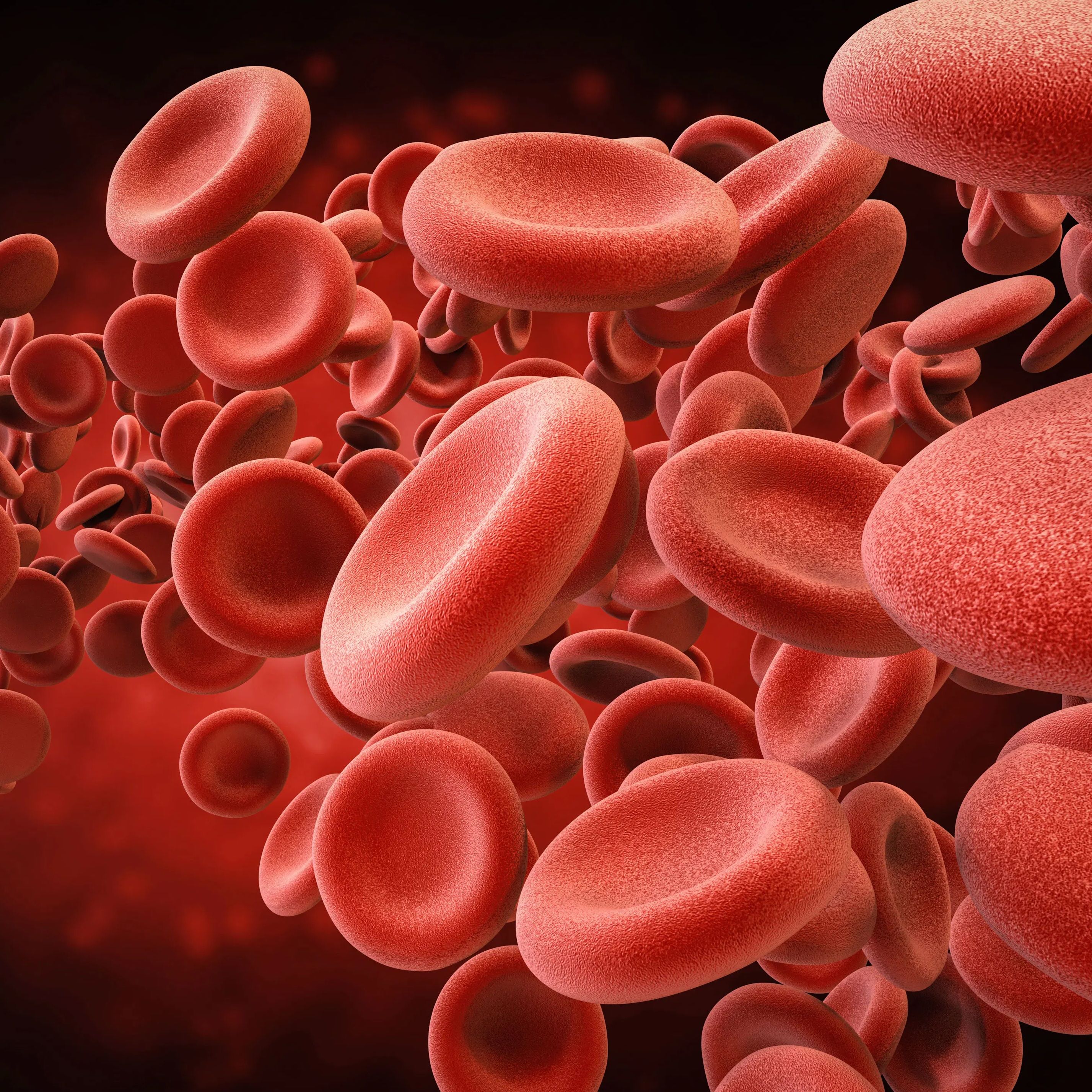Oral Liposomal Iron Helps Correct Iron Deficiency in Non-Dialysis CKD
Liposomal iron achieves a partial correction of transferrin saturation, with no significant effect on iron storage and hemoglobin, in patients with NDD-CKD.

A recent pilot study sought to investigate the potential effect of liposomal iron in correcting iron deficiency in patients with non-dialysis-dependent chronic kidney disease (NDD-CKD) with or without anemia.1
Oral supplementation with liposomal iron demonstrated a partial correction of transferrin saturation in half of the patients with NDD-CKD treated for six months, particularly those with anemia. There were no significant effects observed for serum ferritin and hemoglobin levels.
“The greater effect detected in the first month associated with doubling liposomal iron dose suggests that a more aggressive dosing strategy is required in patients with NDD-CKD to achieve the full correction of iron-deficient anemia,” wrote the investigative team, led by Silvio Borrelli, the unit of nephrology, department of advanced medical and surgery sciences of the University of Campania “Luigi Vanvitelli”.
Iron deficiency is particularly prevalent among those with NDD-CKD and is the most reversible cause of anemia in these patients.2 Iron deficiency occurs due to absolute deficiency, a depletion of the body’s iron stores, or functional deficiency, the mismatch between supply and demand in iron.
These iron deficiencies are common in non-dialysis populations—oral iron supplementation is a recommended first-line treatment for iron deficiency correction in NDD-CKD, particularly before the intravenous route, which increases the risk of iron overload and exhibits higher costs.
However, oral supplementation has been linked with a higher incidence of adverse gastrointestinal adverse reactions, occurring in up to 20% of patients, which can reduce treatment compliance.3 Liposomal iron therapy has been identified as a new iron formulation able to improve iron bioavailability with fewer adverse effects, but few data are reported for patients with NDD-CKD.
The current single-arm pilot study assessed the efficacy of liposomal iron in correcting iron deficiency in individuals with NDD-CKD stages 1 to 5 from two nephrology units between June 2022 and January 2023.1 Iron deficiency was defined as serum ferritin <100 ng/mL and/or transferrin saturation <20% and the diagnosis of NDD-CKD as GFR <60 mL/min/1.73 m2 or GFR >60 mL/min/1.73 m2 and albuminuria >30 mg/day.
Primary endpoints included the changes from baseline or serum ferritin or transferrin saturation after six months of iron supplementation to ≥100 ng/mL or ≥20%, respectively. The secondary outcomes included hemoglobin changes and the safety of liposomal iron.
The study population comprised 38 patients who received ≥1 dose of liposomal iron—after 4 exclusions, the efficacy population was 34 patients who completed ≥1 visit after baseline. In the efficacy population, anemia was detected in 22 patients (67.7%) at baseline.
Liposomal iron significantly increased the achievement of transferrin saturation (TSAT) targets (>20%) from 11.8% at baseline to 50.0% at month 6 (P = .002). No differences were detected for serum ferritin (P = .214), and the prevalence of the serum ferritin target (>100 ng/mL) was not significantly improved (P = .465).
After stratifying patients by anemic status, a significant improvement of TSAT was identified only in patients with anemia (13.3 ± 5.8% to 20.2 ± 8.1%; P = .012) and no significant improvement was seen in those without anemia (P = .093). Hemoglobin values showed slight increases at month 6 in those with anemia (+0.60 g/dL; 95% CI, –0.27 to 1.48), but not those without anemia (+0.08 g/dL; 95% CI, –0.73 to +0.88).
Borelli and colleagues indicated liposomal iron likely improves bioavailability, creating iron influx into the bloodstream. However, it is not enough to restore iron deposits, as suggested by the persistence of low ferritin levels.
“It is important to underline that the severity of anemia status at baseline affects the efficacy of liposomal iron,” Borrelli and colleagues added. “Therefore, our findings suggest that a daily dose should be increased in order to provide a clinically relevant effect on anemia.”
References
- Cesarano D, Borrelli S, Campilongo G, et al. Efficacy and Safety of Oral Supplementation with Liposomal Iron in Non-Dialysis Chronic Kidney Disease Patients with Iron Deficiency. Nutrients. 2024;16(9):1255. Published 2024 Apr 24. doi:10.3390/nu16091255
- Bazeley JW, Wish JB. Recent and Emerging Therapies for Iron Deficiency in Anemia of CKD: A Review. Am J Kidney Dis. 2022;79(6):868-876. doi:10.1053/j.ajkd.2021.09.017
- Minutolo, R.; Locatelli, F.; Gallieni, M.; Bonofiglio, R.; Fuiano, G.; Oldrizzi, L.; Conte, G.; De Nicola, L.; Mangione, F.; Esposito, P.; et al. Anaemia management in non-dialysis chronic kidney disease (CKD) patients: A multicenter prospective study in renal clinics. Nephrol. Dial. Transplant. 2013, 28, 3035–3045.